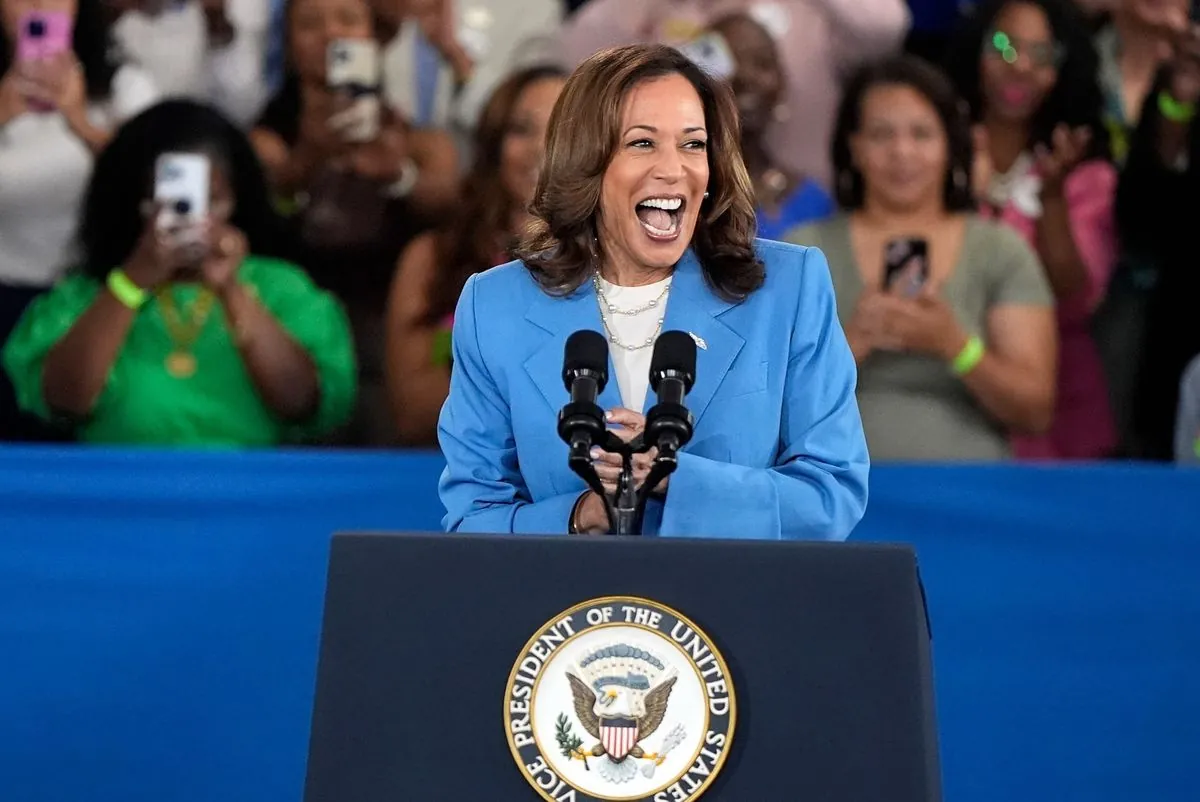Kamala Harris, the current Vice President of the United States, has unveiled a pragmatic economic plan as part of her potential presidential campaign. This move comes as the nation approaches the November 2024 election, with Harris positioning herself as a candidate who understands the complex fiscal landscape she might inherit.
Unlike her Democratic predecessors, Barack Obama and Joe Biden, Harris would not be entering office during a major economic crisis if elected. While this may seem advantageous, it actually presents unique challenges. The absence of a crisis limits the creative freedom in economic policymaking that both Obama and Biden enjoyed during their respective terms.
Harris's 82-page plan, released on September 25, 2024, focuses heavily on tax credits and the continuation of existing industrial policies. The proposal includes:
- A $50,000 tax deduction for new small business owners
- A $25,000 boost for first-time homebuyers
- $6,000 in support for new parents during their baby's first year
- Additional tax breaks for aerospace and biotechnology sectors
These measures reflect a recognition of the current economic realities. The United States is facing a substantial budget deficit, with the 2024 figure standing at $1.9 trillion. This fiscal constraint is compounded by interest rates that, while now in a cutting cycle, remain near multi-decade highs, making additional debt more expensive to finance.
The plan also acknowledges potential political limitations. Current forecasts suggest that if Harris wins the presidency, she may face a Republican-controlled Senate. This scenario would significantly restrict her legislative capabilities, unlike the situations Obama and Biden encountered during their early presidencies.
However, Harris's strategy isn't without opportunities. The expiration of many provisions from the 2017 Tax Cuts and Jobs Act at the end of 2025 necessitates a comprehensive tax reform discussion. This provides a platform for negotiation and potential implementation of some of her proposed measures.
"Our plan focuses on strategic investments and targeted tax relief to boost economic growth while maintaining fiscal responsibility."
It's worth noting that Harris's approach aligns with several economic realities:
- Small businesses, which account for 44% of U.S. economic activity, are a key focus.
- The aerospace industry, targeted for tax breaks, contributes over $300 billion annually to the economy.
- Biotechnology, another sector receiving attention, is among the fastest-growing industries in the country.
- The plan addresses homeownership, which has declined from its 2004 peak of 69.2%.
- The proposed child tax credit expansion builds on temporary measures implemented during the COVID-19 pandemic.
Harris's plan also touches on environmental review and zoning processes for construction projects, including housing and renewable energy. This approach acknowledges the long-standing impact of policies like the National Environmental Policy Act (NEPA), in place since 1970, and the century-old tradition of zoning laws in the U.S.
As the nation moves forward from the economic turbulence of recent years, including the record $3.1 trillion budget deficit in fiscal year 2020, Harris's plan represents a cautious yet strategic approach to economic policy. It aims to balance growth initiatives with fiscal responsibility, recognizing the complex interplay of factors shaping the American economy in the years ahead.
